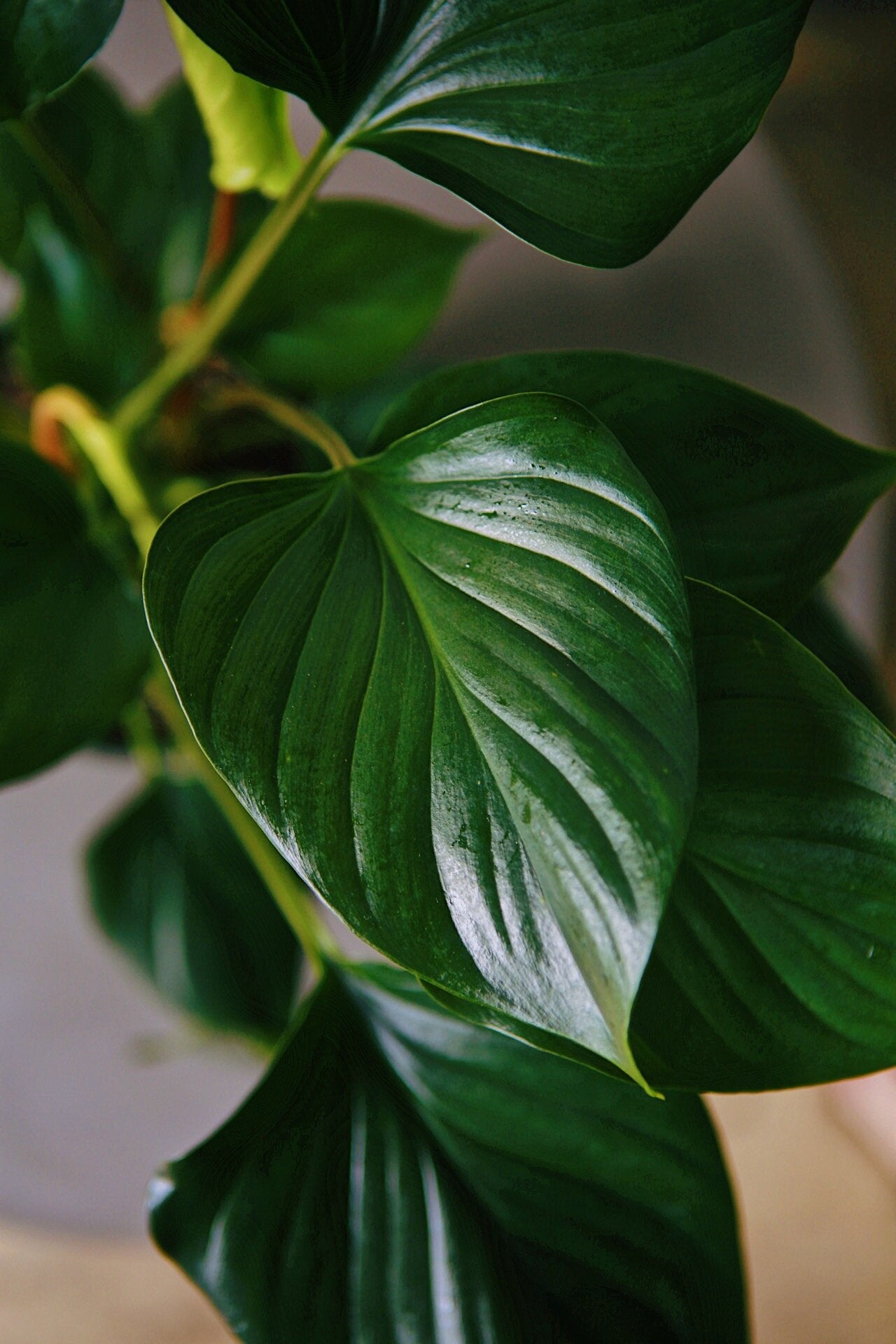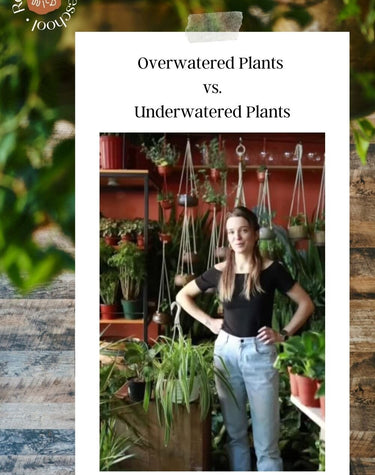
Moving With Plants
Moving With Plants
Plants are especially tricky; they don’t fit squarely into a box, need sunlight and water, and won’t respond well to being packed away for days on end. They are fragile and require a delicate touch, not one that most movers (or friends who are helping you move) have or readily understand.
Moving is stressful, no matter the distance. Making sure all your belongings get safely from point A to point B with as little hassle as possible is no small feat, let alone having to worry about your plants arriving in one piece!
Read on for our best tips and tricks for moving and acclimating your green roommates!
Re-evaluate your collection
Have a bunch of struggling plants that you are barely holding out hope for? Maybe your favorite Calathea never really hit its stride and has one sad leaf left. Or you aren’t totally sure that the thrips on your Philodendron are completely gone. Now is the time to leave these plants behind!
We all amass a collection of plants that are either experiments, rehabbing, or just never really worked out, but we don’t want to throw them away. It can be hard to part with these plants when we have invested so much time and energy into them but it’s important to remember that the trauma of a move could be the final nail in their coffin. So, ask yourself if you really think the plant is healthy enough to survive the move. If not, is it worth it to take up valuable space in your car or truck on this sickly, half-dead plant? Probably not. Plus, getting rid of some sad plants will free up pots and space in your new home so you can start fresh with some new plants!
Treat and propagate
If you have some plants that are recovering from a pest problem or haven't been checked for pests in a while, now is a great time to go back and check them with a fine-tooth comb. The move will be a stressful transition for your plants, making them more susceptible to pests in the weeks after you bring them into a new space. Making sure they are pest free now will save you a lot of headache later. Routinely wiping your leaves down with a diluted neem solution is a great preventative, and will make your plants nice and shiny!
If you have really wild and grown-in plants, you may want to consider pruning them before the move. This will not only make them take up less space and be less likely to be damaged, but it will also allow the plant to focus its energy on acclimation versus lots of growth. Pruning can be a little painful (to us!) especially if you have let a plant grow out for a long time, but it is an essential part of houseplant care and will allow your plant to take a new shape in its new space!
Pack and Wrap
Now that you’ve narrowed your collection down to your faves, prepped and propagated them, it’s time to get packing! Plants should be the last items to be packed and wrapped up- ideally within a day or two of the actual move. Consider how far you are moving; if it is just across town or a few blocks, minimal packing is needed. Maybe some newspaper between pots in a box or buckling your big guys in is all you need!
If you are moving far, you will need to prep your plants for the long haul with sleeves. Paper sleeves are how plants are shipped from growers to sellers. They taper from the bottom so all of the leaves and branches of your plant are pushed up into a cone for minimal breakage and so they uniformly take up space. Doing this also keeps any spilled dirt inside the pot and saves you from making a mess in case your plant takes a tumble. You can get sleeves from most packaging stores, your local hardware store or plant shop. If you can’t source paper sleeves you can make your own with kraft paper or newspaper. You may also want to wrap your planters in newspaper or bubble wrap so they do not break in transit.
In some instances you may also want to consider shipping your plants. Plants that are easily shippable are usually still in a growers pot, have a uniform shape and size, aren’t very delicate or have specific environmental requirements, and are less than an 8” pot size. Anything heavy, oblong, heat sensitive or drought intolerant shouldn’t be shipped without knowing that you may open the box to a very sad (or dead) plant friend.
It also helps if your plants are not freshly watered before the move, not only will this make them extra heavy, but it can lead to pests or rot down the line. Water your plants as normal within a week or a few days before your move to allow them to dry out enough before they get packed away!
Temperature Consistency:
In addition to the above, it is important to also consider what season you will be moving in. Our house plants are acclimated to the consistent environment of our homes and can get stressed very quickly if left outside in harsh conditions.
If you are moving during the summer, make sure you are not exposing your plants to prolonged direct sunlight (even if they are in a bright window inside!) and harsh heat. Plants can get burned and wilt within a few hours, or less for more sensitive plants like ferns and calatheas.
In winter, plants can experience cell death in minutes or seconds if the temperatures are much below 50 degrees. This can result in black spots and mushiness that is not reversible. Make sure if you are moving during a colder season you are wrapping all your plants thoroughly and not leaving them outside for more than a couple minutes during transport.
I would always recommend traveling with your plants in your own vehicle versus packing them into a moving truck for this reason. Your car will be more climate controlled and therefore similar to its prior environment versus a stuffy trailer or freezing truck.
Climate and season should be equally considered when packing your plants up to be shipped as well!
Laws and limitations
Most traditional movers will not assist in moving houseplants due to their delicate nature and due to limitations and local law. Moving some outdoor plants, like herbs, citrus, or perennials can constitute agricultural transportation and require certain permits or can be illegal due to invasive species acts.
Knowingly transporting these plants without telling the moving company can void your contract and make you liable for fees, so be sure to read the fine print and when in doubt, do it yourself! It is also worthwhile to check in with local law wherever you are moving to to make sure your plants aren’t invasive and won’t get confiscated in customs.



Leave a comment
This site is protected by hCaptcha and the hCaptcha Privacy Policy and Terms of Service apply.